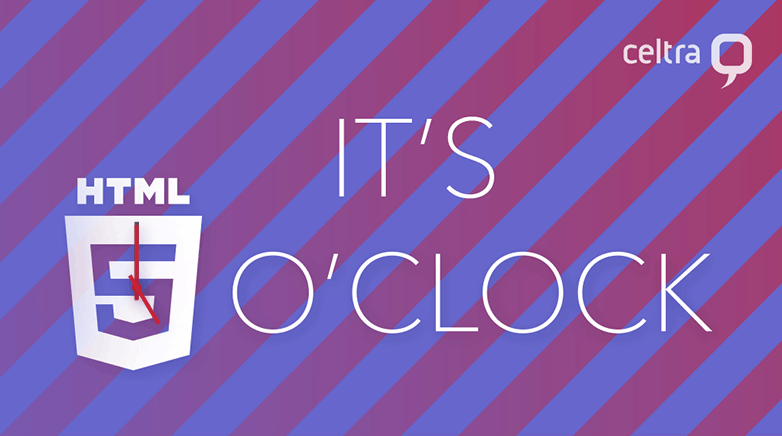Register by Jan 13 to save on passes and connect with marketers from Uber, Bose and more

Two years ago, the debate over HTML5’s future was fierce. Naysayers painted the programming language as immature and insecure, while the anti-Flash crowd called Adobe’s system closed and limited. Today, legacy ad formats are just starting to break free of Flash, ushered toward HTML5 by mobile’s growing audience.
In fact, this year Yahoo CEO Marissa Mayer called 2014 the “tipping point” for the Internet, predicting the portal would have more traffic from mobile than desktop by year’s end. With mobile fueling Internet growth, we think HTML5 is finally ready to overcome ad industry inertia and assume its place as the backbone of digital display advertising.
Here’s why:
Mobile has become the first screen
According to a Millward Brown study of 16- to 45-year-old consumers in 30 countries, people are spending more time on their phones than any other screen. Consumers spent an average 147 minutes on their phones every day versus 113 minutes on televisions and 108 minutes on screens. Mobile no longer plays second fiddle to desktop; it is the “prime screen,” according to global ad agency JWT.
Moreover, smartphone penetration has grown to 1.75 billion worldwide, according to eMarketer. ComScore may have described smartphone owners as an “early majority” in 2012, but the device is now firmly entrenched and still a no-fly zone for flash ads.
Content demands responsive design
HTML5-powered responsive design puts content front and center, so it’s no surprise that publishers are using the code as the foundation of their redesigned sites. HTML5’s flexibility allows it to render on smartphones, tablets and desktops, which is why it’s become de rigueur not only among publisher developers but also among agency developers creating content-first brand sites.
Ad developers should follow suit, creating HTML5-powered ads that will render across all iterations of publisher sites — desktop, mobile and tablet.
Google is on board
Yes, the majority of ads are still designed with Flash — in part because it is a legacy format — but big-time exchanges like Google and DoubleClick have been pushing HTML5 since last year. With players like that on board, a sea change is due soon.
HTML5 ad development has gotten more intuitive
Back in the day, creative types favored Flash using the graphical elements Adobe provided, as well as templates provided by various ad tech companies. As a result, art directors and designers found themselves in familiar territory when working within Flash, while the line-by-line coding of HTML seemed like a foreign language. But it’s not all brackets and backslashes anymore. There are now more graphical tools and simple templates for building HTML5 ads with drag and drop elements, making HTML5 ad building accessible to everyone.
Video wants to be free
Rich-media ads that incorporate video may be more secure in a Flash format, but they’re just not flexible. The walled garden Flash puts around its video files may keep them safe from hackers and viruses, but they also mean it won’t play on mobile. And with mobile video viewers growing by leaps and bounds — 719 percent since Q4 2011, according to Ooyala — that’s a lot of eyeballs missing out thanks to a broken image.
Especially when video is so powerful. Video completion rates, one true measure of an ad’s effectiveness, increased significantly in the last quarter to 52 percent for standard formats and 77 percent for native formats. That means once a consumer begins watching a video ad, they’re sticking with it for 1 to 3 minutes, perhaps even engaging with it via overlaid interactive elements. This, along with the new options for cross-screen video ads now available makes a broken image on mobile and other devices even more costly.
The industry agrees, mobile simply can’t be ignored, and, to date, Flash has not found a decent way to address the medium. The time for HTML5 is now. Seize it.
Want to learn more about cross-screen advertising? Visit Celtra’s Content Channel by clicking the button below.
More from Digiday

The AI hype cycle is rewriting ad tech’s M&A math
As talk of a dot-com-style AI bubble grows louder, buyers are shifting from growth-at-all-costs to consolidation and cleanup.

The accidental guardian: How Cloudflare’s Matthew Prince became publishing’s unexpected defender
Cloudflare’s day job is fending off botnets and nation-state cyberattacks, not debating how Google and other AI firms crawl publisher sites.

Omnicom Media kicks off CES with a Google search partnership that drills deeper into intent
Omnicom is working with Google to create a new tool that empowers brands with far deeper insights into how to use search in the AI-powered era, given that historical notions of search marketing have flown out the window.






